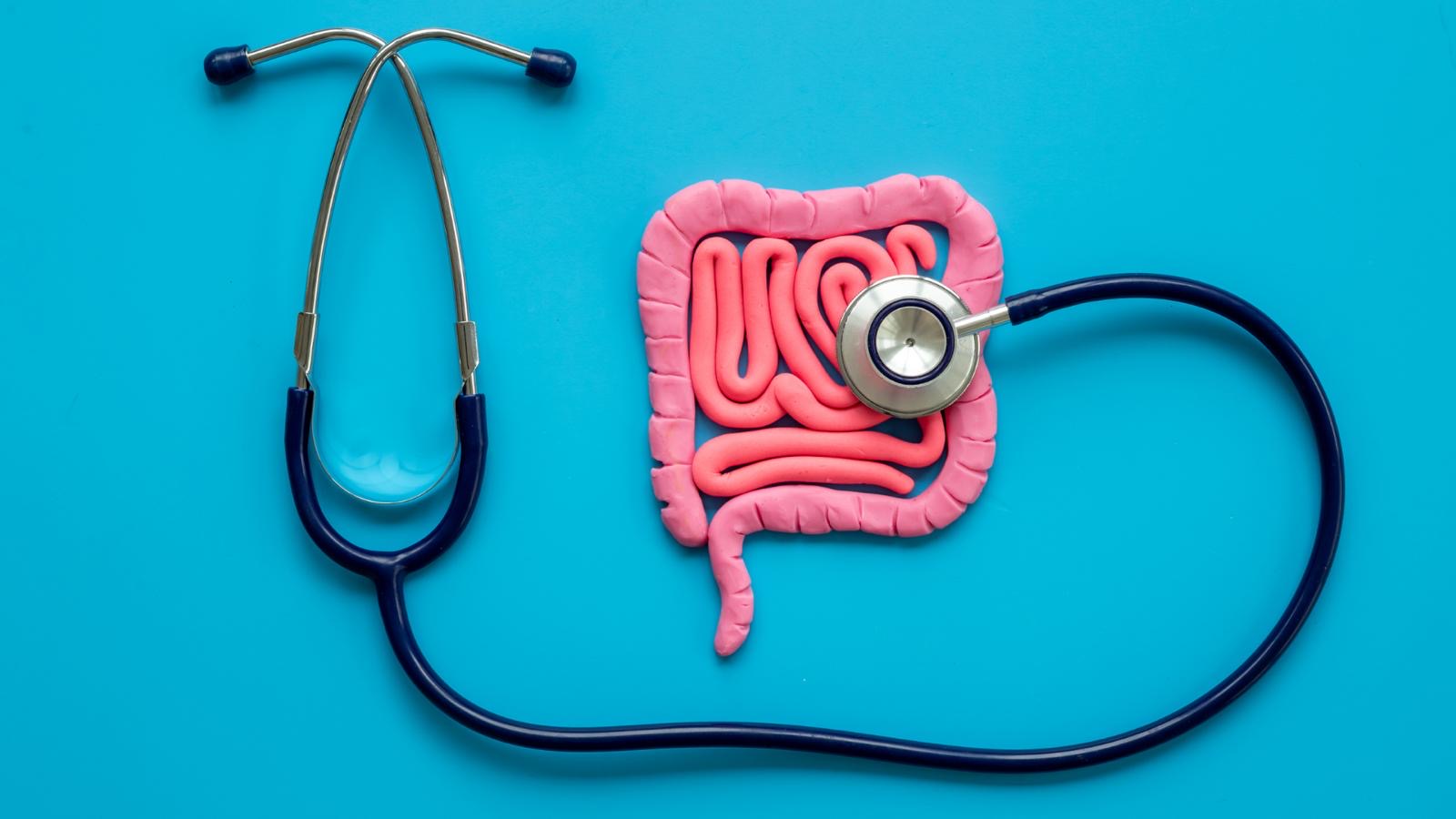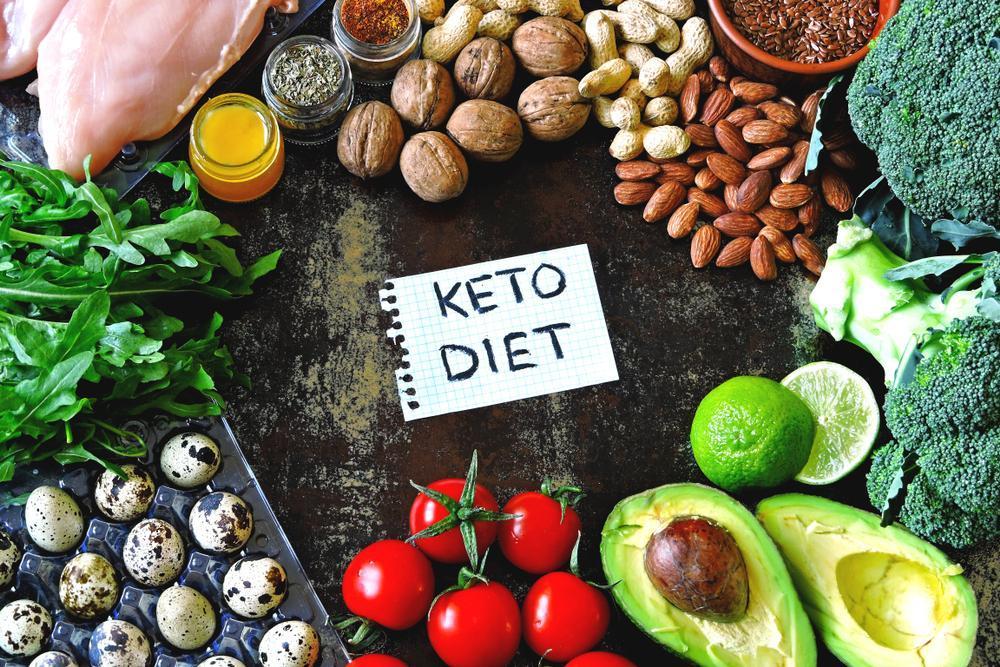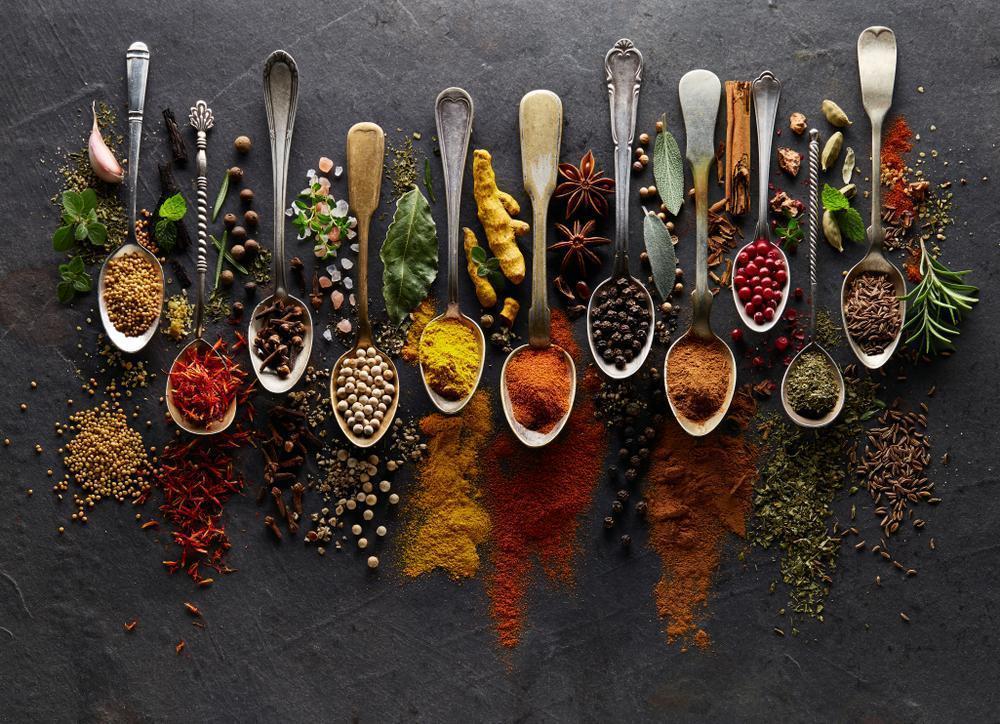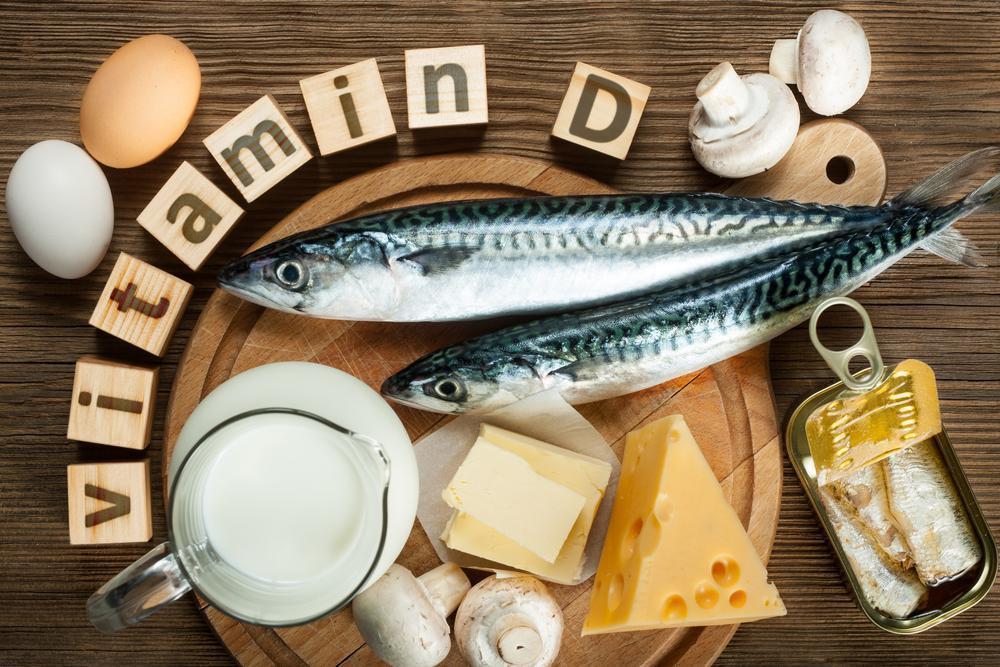-
£19.99

Functional Ingredients for Cancer
- November 17, 2020
- 6 min read
Cancer is the leading cause of death in dogs over 10 years of age, with over 50% of older dogs developing the disease. Eventually, 1 in 4 dogs die of cancer.
Whilst understanding of the disease is still developing, we can’t help but want to explore functional ingredients that may be adjunct to therapy, useful in prevention or demonstrate benefits when diagnosed.
Bitter Melon
Bitter melon, also known as bitter gourd or Momordica charantia (which is why we stick to bitter melon) is a tropical vine belonging to the gourd family. It is closely related to zucchini, squash, pumpkin and cucumber. It is most widely used in Asian cuisine but is cultivated around the world. It has pointed ends with spikes on the rind. Its distinctive appearance is matched with it’s sharp taste. It’s called bitter melon for a reason.
Bitter melon packs a few punches in terms of nutrient content, one cup provides 93% of a human’s daily reference intake of vitamin C, 44% of a human’s vitamin A intake, 17% folate, 8% potassium, 5% zinc and 4% iron.
It has been seen to modulate cell genes, promote apoptosis and reduce proliferation.
Findings here
Not only that, but bitter melon also contains phytol and lutein which suppress pro-inflammatory cytokines. Studies have demonstrated anti-tumour activity in cases of breast, colon, pancreatic, prostate, skin and cervical cancer. There has also been inhibition of cancer cells in leukaemia and other miscellaneous cancers like adreno cortical, lung adenocarcinoma, nasopharyngeal and head and neck squamous cell carcinomas.
Findings here
That said, bitter melon has been associated with diarrhoea, vomiting and stomach pain so like with any new additions to any diet, it should be eaten in moderation. If using therapeutically, seek the advice of a qualified professional.
Findings hereTurmeric
Is there anything this spice can’t do?
Curcumin in the active ingredient in turmeric has received much attention for its antioxidant, anti-inflammatory, antimicrobial and antiviral properties. We are looking at it for its anticancer potential.
Findings here
The biggest concern in using curcumin is its scarce bioavailability. For this reason, much attention is being paid to liposomal curcumin.
Findings here
Liposomal formulation is thought to have greater growth inhibitory and pro-apoptotic effects on cancer cells. Not only that but liposomal formulations often contain additional supports like vitamin A, folic acid, and hyaluronic acid.
Ginger
Ginger is loved for its anti-inflammatory properties in cancer therapy. Inflammation, or rather pro-inflammatory cytokines contribute to carcinogenesis by influencing the survival, growth, mutation, proliferation, differentiation and movement of tumour cells. It is proposed that ginger has anti-inflammatory and therefore anti-cancer potential.
Ginger contains active phenolic compounds such as gingerol, paradol and shogoall that have antioxidant, anticancer, anti-inflammatory and anti-angiogenesis properties.
Not only that but in cases of liver cancer, it has induced apoptosis, inhibited formation, decreased expression and suppressed cell proliferation. In cases of pancreatic cancer it has down regulated signalling and cell survival indicators, inhibited expression, decreases metastasis, inhibited cell proliferation and induced apoptosis. Ginger has decreased incidence of colon tumours and it has been reported that intragastric treatment of ginger increases survival time.
Findings here
Adjunct to other therapy, ginger has been seen to improve cellular immunity and decrease fatigue, pain and stress in cancer patients. It is also noted to reduce nausea.
Ginger is widely used in traditional Chinese and Indian medicine, it is thought to stimulate digestion, absorption, relieve constipation and flatulence. In Chinese medicine it is thought to improve the flow of bodily fluids and is therefore used to stimulate blood circulation. The active compounds found reduce the formation of pro-inflammatory prostaglandins and thromboxane therefore lowering the clotting ability of the blood, it should therefore be used with caution alongside blood thinning medication.
Mushrooms
Not just the divine starter found in your local restaurant, there is an overwhelming interest in the medicinal properties of mushrooms. The chief properties include anti-oxidant, anti-diabetic, hypercholesteraemic, anti-tumour, anti-cancer, immunomodulatory, anti-allergic, nephroprotective and anti-microbial.
Those genus credited with success against cancer include:
Phellinus, Pleurotus, Agaricus, Ganoderma, Clitocybe, Antrodia, Trametes, Cordyceps, Xerocomus, Calvatia, Schizophyllum, Flammulina, Suillus, Inonotus, Inocybe, Funlia, Lactarius, Albatrellus, Russula, and Fomes.
Findings here
In a study carried out on dogs, a compound derived from the coriolus versicolor, turkey tail mushroom, demonstrated the longest survival times reported for hemangiosarcoma.
Findings here
Mushrooms are renowned for their immune boosting effects, if you’d like to learn more about them, then check out our blog here.
Foraging mushrooms is seemingly on the rise, so it pays to note that mushroom poisoning can occur due to forager misidentification. Symptoms include gastrointestinal upset, salivation, hepatotoxicity leading to liver failure and nephrotoxicity.
Mushrooms do come in powdered or capsule form, but they can also be fed whole, just cook them first. If you are looking to include them in a therapeutic diet, then seek the advice of a qualified professional.
Cancer in the dog is at staggering rates, whilst we haven’t even touched upon genetic or environmental influences, functional ingredients are receiving increased interest in their anti-tumour and anti-cancer roles. We’ve noted a select few, and this list is not exhaustive. If you would like to discuss whether any of these, or more, may be of support to your dog, then please book a consultation here.
MPN Team x
Whilst understanding of the disease is still developing, we can’t help but want to explore functional ingredients that may be adjunct to therapy, useful in prevention or demonstrate benefits when diagnosed.
We still have a long way to go, but there is increasing evidence that certain compounds can demonstrate anti-tumour and anti-cancer properties. We’ve included some of our favourites.
Bitter Melon
Bitter melon, also known as bitter gourd or Momordica charantia (which is why we stick to bitter melon) is a tropical vine belonging to the gourd family. It is closely related to zucchini, squash, pumpkin and cucumber. It is most widely used in Asian cuisine but is cultivated around the world. It has pointed ends with spikes on the rind. Its distinctive appearance is matched with it’s sharp taste. It’s called bitter melon for a reason.Bitter melon packs a few punches in terms of nutrient content, one cup provides 93% of a human’s daily reference intake of vitamin C, 44% of a human’s vitamin A intake, 17% folate, 8% potassium, 5% zinc and 4% iron.
Bitter melon is also a good source of catechin, gallic acid, epicatechin and chlorogenic acid which are all antioxidant compounds. Bitter melon has been seen to control blood sugar and decrease cholesterol, but it is also deemed to have cancer-fighting properties.In studies of concentrated use, bitter melon was seen to effectively kill cancer cells.
It has been seen to modulate cell genes, promote apoptosis and reduce proliferation.
Findings here
Not only that, but bitter melon also contains phytol and lutein which suppress pro-inflammatory cytokines. Studies have demonstrated anti-tumour activity in cases of breast, colon, pancreatic, prostate, skin and cervical cancer. There has also been inhibition of cancer cells in leukaemia and other miscellaneous cancers like adreno cortical, lung adenocarcinoma, nasopharyngeal and head and neck squamous cell carcinomas.
Findings here
That said, bitter melon has been associated with diarrhoea, vomiting and stomach pain so like with any new additions to any diet, it should be eaten in moderation. If using therapeutically, seek the advice of a qualified professional.
Findings here
Turmeric
Is there anything this spice can’t do?Curcumin in the active ingredient in turmeric has received much attention for its antioxidant, anti-inflammatory, antimicrobial and antiviral properties. We are looking at it for its anticancer potential.
It has been reported to modulate growth factors, enzymes, transcription factors, kinase, inflammatory cytokines and pro apoptotic and anti apoptotic proteins. In short, this compound, alone or combined, could be of benefit in cancer therapy.Curcumin has down regulated human lung cancer lines and also inhibited cell proliferation and induced apoptosis in lung cancer. It has also been seen to suppress and modulate leukemic cells. In cases of lymphomas, curcumin was seen as an adjunct to radiation therapy. Curcumin has demonstrated suppression, inhibition, and apoptosis in cases of gastric cancer, colorectal cancer, pancreatic,hepatic, prostate, brain tumours and squamous cell carcinomas.
Findings here
The biggest concern in using curcumin is its scarce bioavailability. For this reason, much attention is being paid to liposomal curcumin.
Findings here
Liposomal formulation is thought to have greater growth inhibitory and pro-apoptotic effects on cancer cells. Not only that but liposomal formulations often contain additional supports like vitamin A, folic acid, and hyaluronic acid.
Ginger
Ginger is loved for its anti-inflammatory properties in cancer therapy. Inflammation, or rather pro-inflammatory cytokines contribute to carcinogenesis by influencing the survival, growth, mutation, proliferation, differentiation and movement of tumour cells. It is proposed that ginger has anti-inflammatory and therefore anti-cancer potential.Ginger contains active phenolic compounds such as gingerol, paradol and shogoall that have antioxidant, anticancer, anti-inflammatory and anti-angiogenesis properties.
Ginger has demonstrated significant reductions in inflammatory signalling in cancer cases.Findings here
Not only that but in cases of liver cancer, it has induced apoptosis, inhibited formation, decreased expression and suppressed cell proliferation. In cases of pancreatic cancer it has down regulated signalling and cell survival indicators, inhibited expression, decreases metastasis, inhibited cell proliferation and induced apoptosis. Ginger has decreased incidence of colon tumours and it has been reported that intragastric treatment of ginger increases survival time.
Findings here
Adjunct to other therapy, ginger has been seen to improve cellular immunity and decrease fatigue, pain and stress in cancer patients. It is also noted to reduce nausea.
Ginger is widely used in traditional Chinese and Indian medicine, it is thought to stimulate digestion, absorption, relieve constipation and flatulence. In Chinese medicine it is thought to improve the flow of bodily fluids and is therefore used to stimulate blood circulation. The active compounds found reduce the formation of pro-inflammatory prostaglandins and thromboxane therefore lowering the clotting ability of the blood, it should therefore be used with caution alongside blood thinning medication.
Mushrooms
Not just the divine starter found in your local restaurant, there is an overwhelming interest in the medicinal properties of mushrooms. The chief properties include anti-oxidant, anti-diabetic, hypercholesteraemic, anti-tumour, anti-cancer, immunomodulatory, anti-allergic, nephroprotective and anti-microbial.Those genus credited with success against cancer include:
Phellinus, Pleurotus, Agaricus, Ganoderma, Clitocybe, Antrodia, Trametes, Cordyceps, Xerocomus, Calvatia, Schizophyllum, Flammulina, Suillus, Inonotus, Inocybe, Funlia, Lactarius, Albatrellus, Russula, and Fomes.
These medicinal mushrooms have demonstrated cell inhibition, significant reduction in tumour sizes, inhibited proliferation and reduced metastasis.Shiitake mushrooms for example have been seen to suppress leukaemia cell proliferation and maitake mushrooms have induced cell apoptosis. Reishi mushrooms exhibit anti-cancer effects alone and in combination with chemotherapy and radiotherapy. Lions mane mushrooms are seen to significantly reduce tumour weights and cordyceps displays potent growth inhibition, tumour shrinkage and increased lifespan.
Findings here
In a study carried out on dogs, a compound derived from the coriolus versicolor, turkey tail mushroom, demonstrated the longest survival times reported for hemangiosarcoma.
Findings here
Mushrooms are renowned for their immune boosting effects, if you’d like to learn more about them, then check out our blog here.
Foraging mushrooms is seemingly on the rise, so it pays to note that mushroom poisoning can occur due to forager misidentification. Symptoms include gastrointestinal upset, salivation, hepatotoxicity leading to liver failure and nephrotoxicity.
Mushrooms do come in powdered or capsule form, but they can also be fed whole, just cook them first. If you are looking to include them in a therapeutic diet, then seek the advice of a qualified professional.
Cancer in the dog is at staggering rates, whilst we haven’t even touched upon genetic or environmental influences, functional ingredients are receiving increased interest in their anti-tumour and anti-cancer roles. We’ve noted a select few, and this list is not exhaustive. If you would like to discuss whether any of these, or more, may be of support to your dog, then please book a consultation here.
MPN Team x
Customer Reviews
Explore related products
Related articles
✕



























